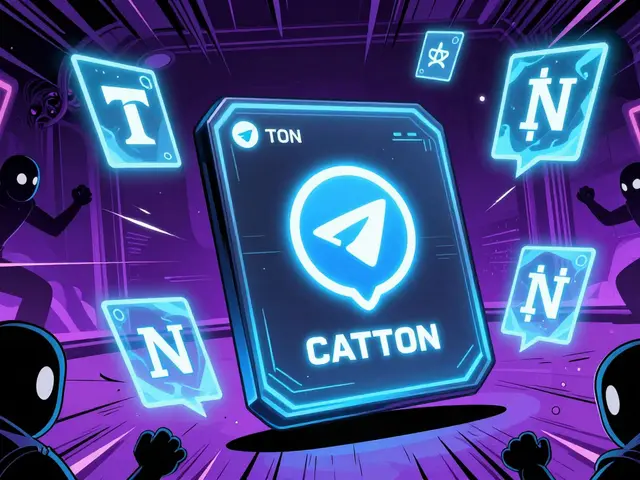Crypto Staking: How to Earn Rewards While Securing Networks
When working with crypto staking, the process of locking digital assets to support a blockchain’s consensus and earn rewards. Also known as staking, it turns passive holdings into active income and helps keep proof‑of‑stake (PoS) networks running smoothly.
One of the core pillars of staking is the Proof of Stake, a consensus model where validators are chosen based on the amount of stake they hold. This model replaces energy‑hungry mining with a system that rewards participants proportionally to their locked assets. A validator, the node that proposes and finalizes blocks in a PoS chain must stay online and follow protocol rules, otherwise it risks slashing, the automatic penalty that seizes part of the staker’s funds for misbehavior. Understanding these mechanics helps you choose reliable staking services and avoid costly mistakes.
Key Concepts and Practical Choices
Beyond raw staking, the market now offers liquid staking tokens, derivative assets that represent a staked position while remaining tradable. They let you keep exposure to staking rewards while still using the token in DeFi protocols, effectively stacking yields. However, each layer adds smart‑contract risk, so you’ll want to evaluate audit reports and platform reputation. Another important factor is staking rewards, the periodic payouts earned for securing the network. Rewards vary by chain, inflation rate, and total stake, so comparing APRs across projects can reveal where your capital works best.
With these pieces in place, you can build a staking strategy that aligns with your risk tolerance. Pick a blockchain whose PoS design you trust, select a validator with low downtime and good community support, consider liquid staking if you need flexibility, and keep an eye on reward rates and slashing histories. The articles below dive deeper into specific coins, tax implications, and tooling, giving you a full toolbox to turn staking into a reliable part of your portfolio.
Learn how to earn real passive income with DeFi in 2025 through staking, lending, and liquidity provision. Discover the safest methods, hidden risks, and realistic returns-not hype.
READ MORE
A clear, up‑to‑date guide on Ethereum's shift from energy‑hungry mining to low‑impact staking, covering The Merge, technical benefits, how to start staking, and future outlook.
READ MORE







